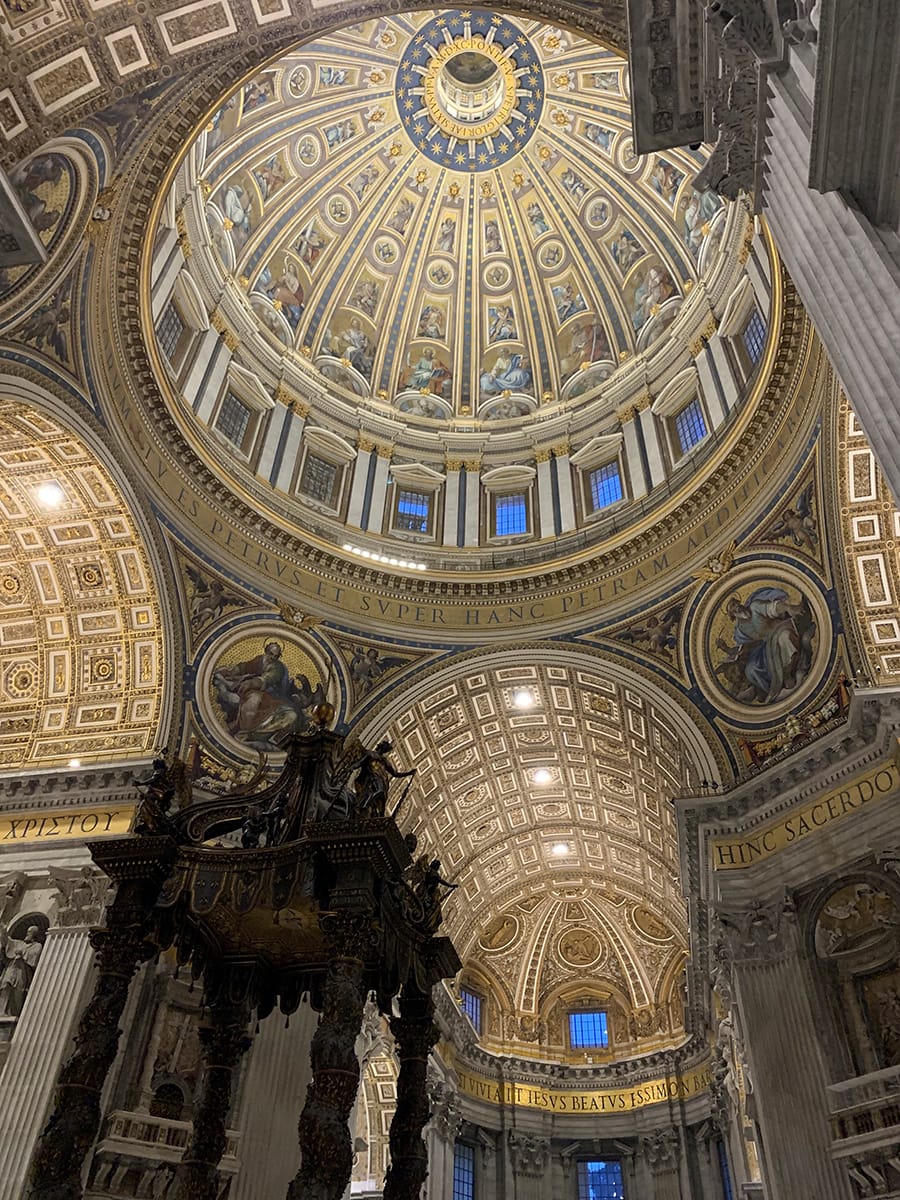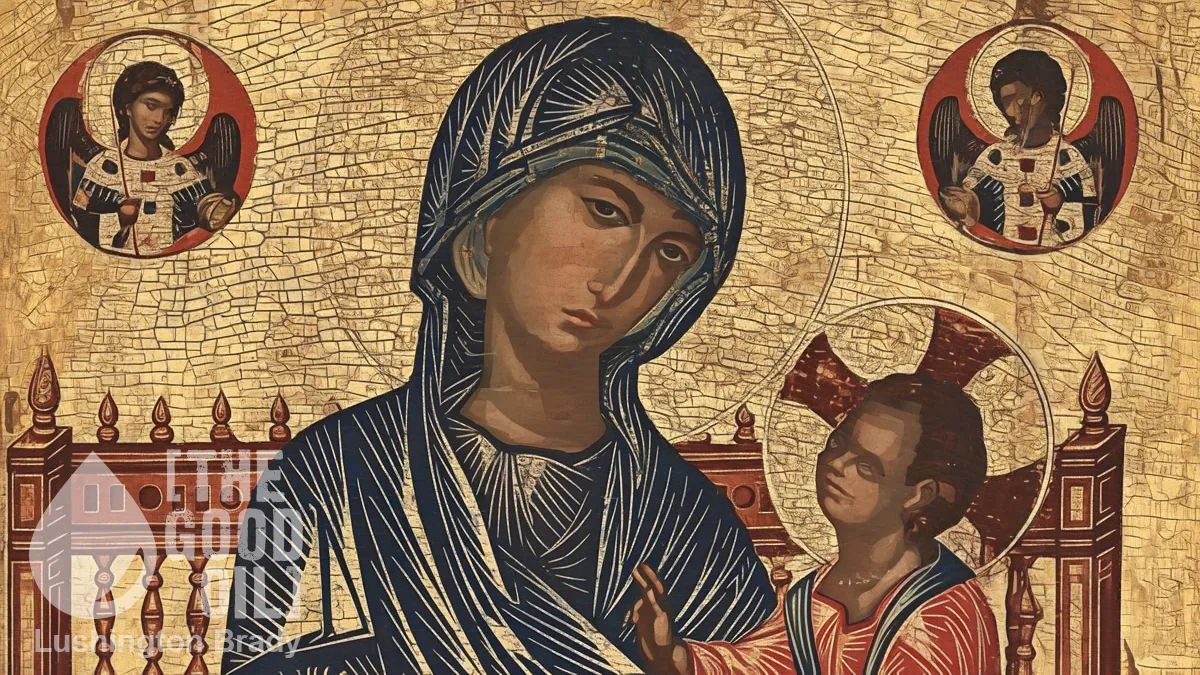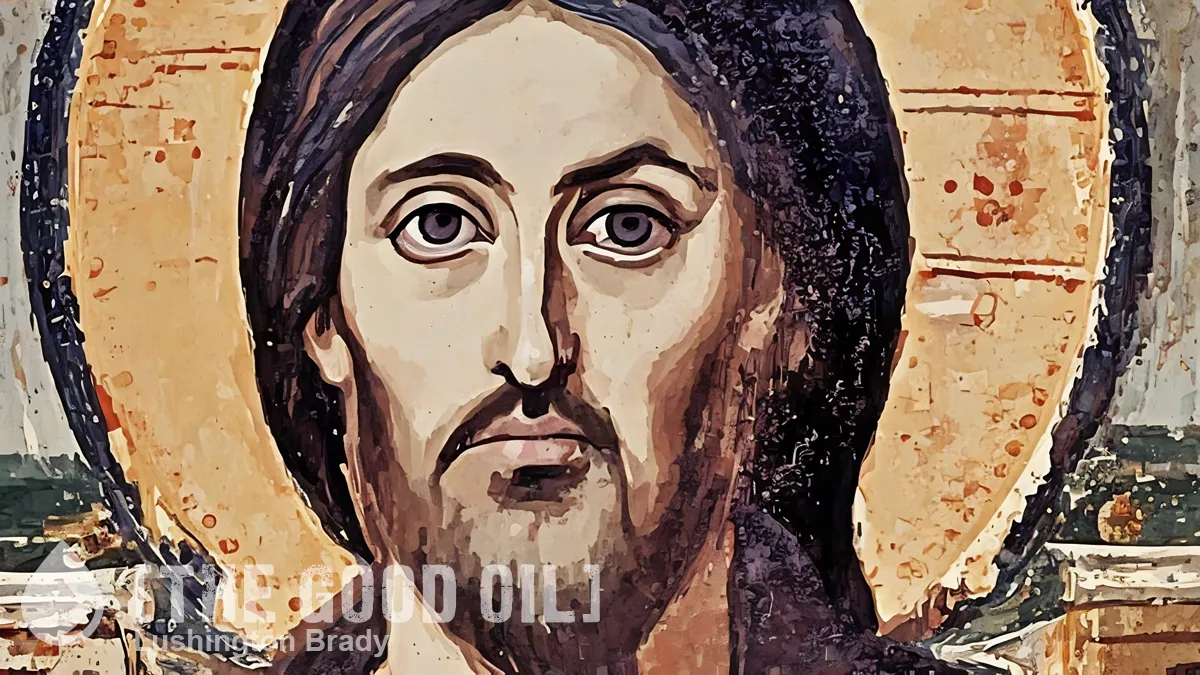Table of Contents
Australians going on a middle-aged grand tour of Europe a few decades ago used to complain about the ‘ABC Tour’ – ‘Another Bloody Church’. That’s because Europe’s churches were and are the repositories of some of Western culture’s most magnificent painting and sculptures.
Not to mention architecture – the great churches are very often astonishing works of art themselves. From the towering spires and airy grace of the grand cathedrals of Notre Dame, Chartres and Cologne, to the dazzling surrealism of the still-unfinished Sagrada Familia. As the centre of Christendom, though, it’s only fitting that St Peter’s Basilica in Rome can well be regarded, as X’s Culture Critic puts it, “the most awe-inspiring man-made structure on Earth”.
Everything about it feels impossible – from its immense scale to its radiant beauty.
Consider the mighty dome of the basilica. Conceived and built up to the drum by Michelangelo Buonarroti, and completed after his death by Giacomo della Porta. Working with Domenico Fontana from 1588 to 1590, the dome was completed in just 22 months thanks to the tireless work of 800 labourers.
And what an astonishing piece of architecture it is, in beauty and sheer scale. The dome forms the centerpiece of the world's largest church by interior measure, which can fit 60,000 people. To give an idea of its tremendous scale, the mosaic frieze around the base of the dome features an inscription whose letters are two metres tall.

The inscription records Jesus’ words to his disciple Peter: “Thou art Peter, and upon this rock I will build my church. And I will give unto thee the keys of the kingdom of heaven.” Those words are pun as much as they are a promise: Peter’s original name is recorded as the Hellenised Jewish, Simeon. But Jesus dubbed him Cephas, Aramaic for rock. That later became Petros, also Greek for rock.
Inside its nave and chapels live some of Christianity’s most prized artworks: from Michelangelo’s Pietà to Bernini’s great baldacchino […]
Almost every great artist of the Renaissance and Baroque eras played a hand in its design or decoration.
During a time when the Reformation was turning people away from Christian art, the basilica would be sure to pull them back.
It’s one of the most impressive engineering and artistic feats ever pulled off – but why was it built?
The baldacchino, or canopy of state, marks one of the most significant sites in Christian history – supposedly the burial place of Peter himself. The first pope, to whom Christ passing “the keys of heaven” granted the Papacy its authority.
So, the whereabouts of his relics are of huge importance. But the basilica was built 1500 years after his death – where are Peter’s remains?
Outside is a giant clue: the Vatican Obelisk.
The obelisk originally stood in Alexandria, until the Emperor Caligula relocated it to stand at the center of the Circus of Nero. As Tacitus recorded, the Circus was the site of organised, state-sponsored martyrdoms of Christians in 65 AD. Two years later, Peter shared their fate, crucified upside-down in the Circus. The obelisk may well have been one of the last sights the dying saint beheld.
As the legend goes, Peter was buried nearby, and Constantine built a church over his grave in 320 AD. Supposedly, the altar was right above the tomb, itself just 100m from where he was martyred.
It was the greatest church in all of Christendom.
In 1505, Pope Julius II boldly knocked it down to construct a new church.
That new church was the current St Peter’s Basilica. Bernini’s baldacchino was said to mark the spot, but doubt long persisted.
In 1939, excavations were conducted to make room for Pope Pius XI's tomb. Expecting to find only a few medieval tombs, this what they unearthed:
An entire necropolis of pagan mausoleums, 30 feet below ground.
They kept digging, closer and closer to a point directly beneath the altar, finding this section of wall.
It matched descriptions of the legendary tomb, and near a small hole was a Greek inscription:
“Peter is here.”
Inside the hole, workers found fragments of human bones.
Analysis soon revealed they belonged to a 60- to 70-year-old man. When Peter was crucified by the Romans, he was known to be in his 60s.
It’s still a matter of debate whether those bones really belonged to Peter himself. If nothing else, the basilica and obelisk stand as mutual witness to the sufferings of the early Christians – and the church which they could scarcely dream would rise on the rock of their faith.









